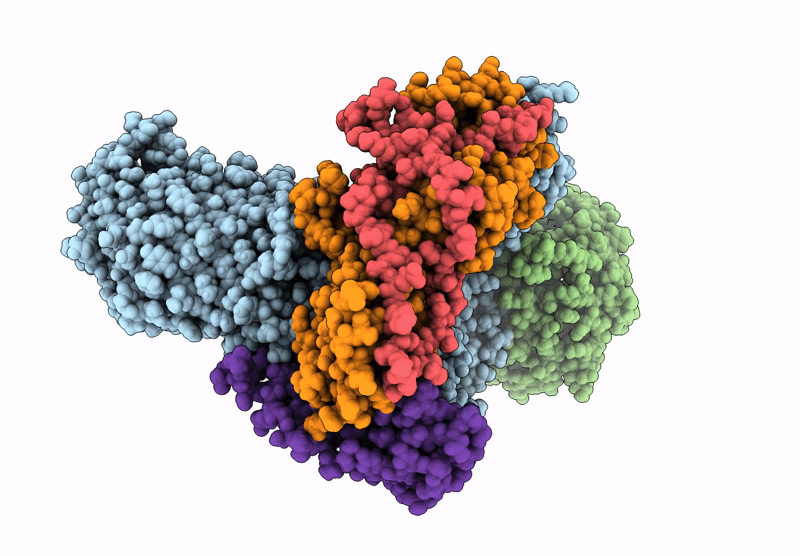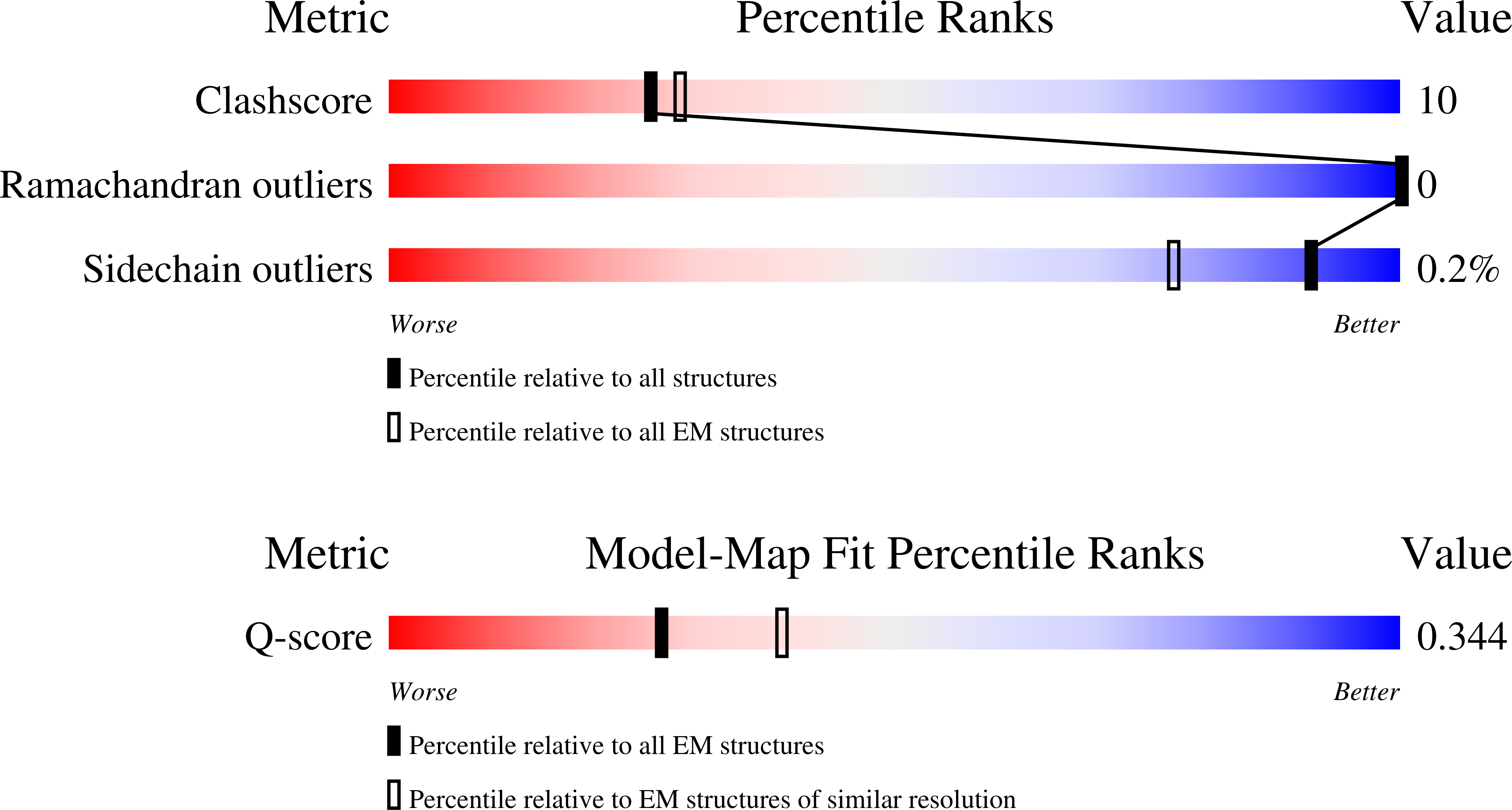
Deposition Date
2024-10-28
Release Date
2025-10-22
Last Version Date
2025-10-22
Method Details:
Experimental Method:
Resolution:
4.00 Å
Aggregation State:
PARTICLE
Reconstruction Method:
SINGLE PARTICLE


